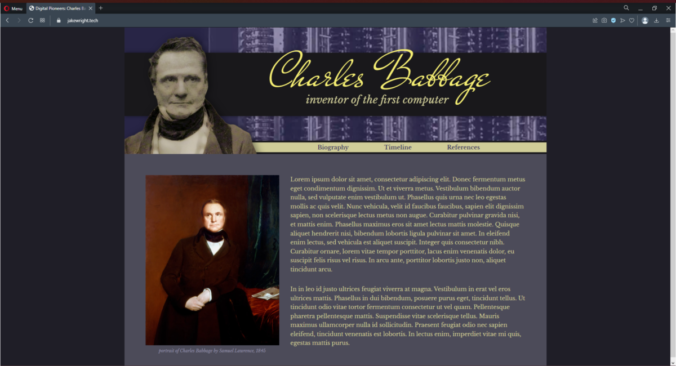About
Jake Wright
wright.work
jwright@citytech.cuny.edu
This course covers the fundamentals of planning and designing websites using HTML and CSS.
Search This Course
Find Library Materials
Library Information
Ursula C. Schwerin Library
New York City College of Technology, C.U.N.Y
300 Jay Street, Library Building - 4th Floor




